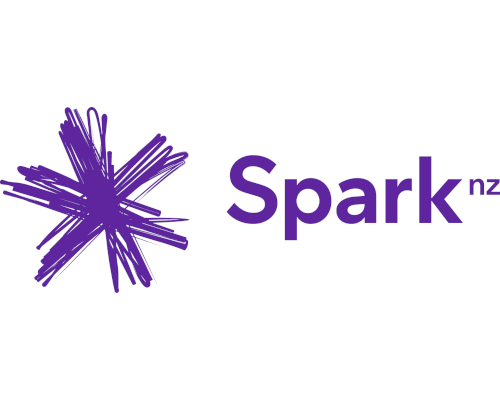Spark today announced it is the first telco and digital services provider in New Zealand to commence its 5G standalone network build, which will enable New Zealanders to realise the full potential of 5G, with technology vendors Ericsson and Red Hat.
While 5G networks in New Zealand currently use 4G for base connectivity (known as the ‘core’ of the mobile network), 5G standalone means 5G enabled cell towers will connect back into a 5G core, resulting in an end-to-end 5G network. To date, 41 mobile network operators have deployed or launched 5G standalone worldwide.*
Renee Mateparae, Spark’s Network and Operations Director says Spark customers are increasingly experiencing the faster mobile and wireless broadband speeds enabled by Spark’s roll out of 5G coverage nationwide, however, deploying a 5G standalone core will be the turning point for unlocking the transformative capabilities the technology can bring.
“5G standalone will unlock capabilities like ‘network slicing’, which is one of the most transformative features of the technology. While today our network is tuned to provide the best experience across a variety of devices, network slicing provides the ability to tailor or ‘slice’ the network and then tune it based on a specific use type. A piece of network could be ‘sliced’ to serve a mission critical service such as driverless cars for example – which require the network to respond quickly and with ultra-reliability in real time, or a gaming ‘slice’ could be created to provide the ultimate high speed, low-latency experience for gamers.
“5G standalone also allows us to move some elements of the core out to the edge of the network. This technology, called ‘multi access edge compute’ (MEC), takes more of the network’s processing functions closer to the customer, which reduces the distance data needs to travel from one point to another. This allows the network to respond quickly, which will support new cases that require real-time performance to work, for example allowing video analytics to identify health and safety hazards in real-time.
“In addition to our investment in C-band mobile spectrum, we are committing $40-$60 million to the development of 5G standalone network over the next three years, which will create a step change enabling business innovation in Aotearoa.”
In making the announcement Spark confirmed Ericsson and Red Hat as technology partners for the 5G standalone network build.
The announcement follows the successful completion of a three-month 5G Standalone trial in 2022, comprising Ericsson’s dual-mode 5G Core running on Red Hat OpenShift and integrated with Spark’s 5G Fixed Wireless Access Network (FWA) to test enhanced wireless broadband. The trial confirmed and validated the technical capabilities of 5G Standalone technology on Spark’s network.
Ericsson is a market leader in the realm of 5G standalone, supporting ~55 per cent of the world’s live 5G standalone networks.
Red Hat’s industry leading open source technologies are designed to provide the foundation and capabilities for service providers to modernise their networks as well as to scale the 5G Core on-demand, enabling the faster delivery of new and innovative applications and services.
Mateparae says Spark is excited to be embarking on this major milestone and continuing its long-held partnerships with Ericsson and Red Hat.
* GSA 5G Market Snapshot, May 2023



 New Zealand Association of Scientists: NZAS Supports Saving Biotechnology Capacity In Callaghan; Asks What Now For Applied Technology Group
New Zealand Association of Scientists: NZAS Supports Saving Biotechnology Capacity In Callaghan; Asks What Now For Applied Technology Group Stats NZ: Business Employment Data - December 2024 Quarter
Stats NZ: Business Employment Data - December 2024 Quarter Transpower: System Operator Launches Review Of Electricity Risk Forecasting Framework
Transpower: System Operator Launches Review Of Electricity Risk Forecasting Framework  The Conversation: NZ’s Glaciers Have Already Lost Nearly A Third Of Their Ice – As More Vanishes, Landscapes And Lives Change
The Conversation: NZ’s Glaciers Have Already Lost Nearly A Third Of Their Ice – As More Vanishes, Landscapes And Lives Change RBNZ: Reserve Bank Of New Zealand Welcomes The Release Of Te Ōhanga Māori 2023 Report
RBNZ: Reserve Bank Of New Zealand Welcomes The Release Of Te Ōhanga Māori 2023 Report Bill Bennett: Download Weekly - One NZ chooses Ericsson for core network update
Bill Bennett: Download Weekly - One NZ chooses Ericsson for core network update



